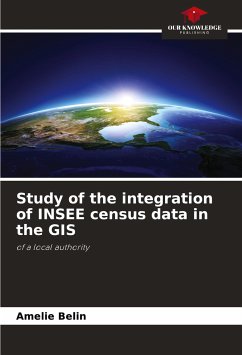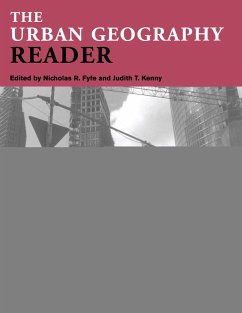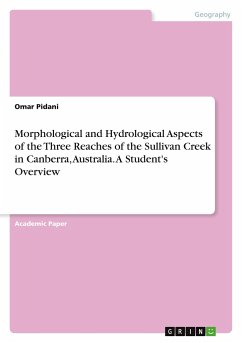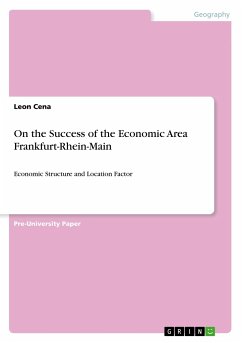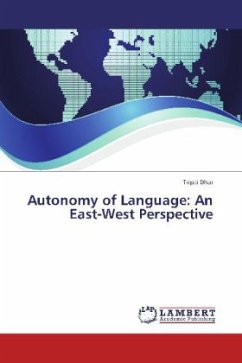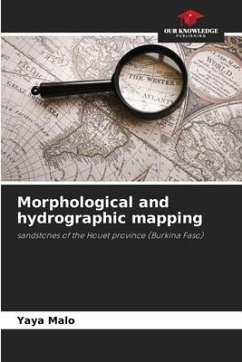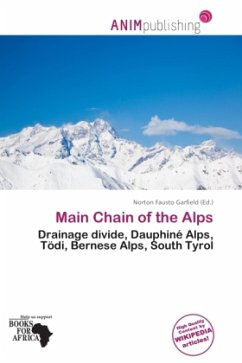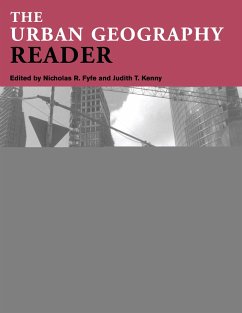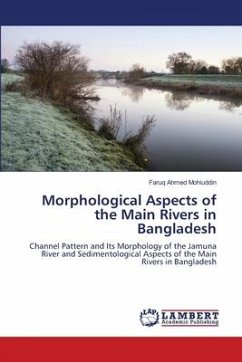
Morphological Aspects of the Main Rivers in Bangladesh
Channel Pattern and Its Morphology of the Jamuna River and Sedimentological Aspects of the Main Rivers in Bangladesh
Versandkostenfrei!
Versandfertig in 6-10 Tagen
29,99 €
inkl. MwSt.

PAYBACK Punkte
15 °P sammeln!
This study analyzes the changing trends of channel pattern of the Jamuna River. The aim of this work is to carry out a census (historical evolution) of the braided channels of the Jamuna River and to establish a topology (specific types) based on basic geomorphic indicators. The Jamuna River morphological continuum is two-dimensional, defined by plan features of which are three (straight, meandering, braiding) and structural levels of fluvial relief of which are also three (floodplain, flood channel, low-water channel). Combination of these three categories define the diversity of channel patt...
This study analyzes the changing trends of channel pattern of the Jamuna River. The aim of this work is to carry out a census (historical evolution) of the braided channels of the Jamuna River and to establish a topology (specific types) based on basic geomorphic indicators. The Jamuna River morphological continuum is two-dimensional, defined by plan features of which are three (straight, meandering, braiding) and structural levels of fluvial relief of which are also three (floodplain, flood channel, low-water channel). Combination of these three categories define the diversity of channel patterns. The scientific basis of sedimentological aspects of the main rivers in Bangladesh has been assessed for national planning, design and impact evaluation activities within water resources and river engineering. Most important parameters of an alluvial river - together with water discharge and sediment loads, the characteristics of the bed and bank materials have been analyzed. A sedimentbalance has been revisited after FAP24 (1996) using the data from 1990 to 2012 and it is concluded that 1,050 million tones sediment per year passed through the main river system to the Bay of Bengal.



